U.S. Deploys Nuclear Submarine “USS Helena” to Cuba: A Show of Strength Towards Russian?
The deployment of the American nuclear-powered attack submarine, USS Helena (SSN-725), to Guantanamo Bay in Cuba serves as a show of force in response to the recent arrival of four Russian Navy ships, including the frigate "Admiral Gorshkov" and the Yasen-class submarine "Kazan," to Cuba.

(DEFENCE SECURITY ASIA) — Tensions are escalating in the Caribbean waters between the United States and Cuba, with the U.S. deploying its nuclear-powered fast attack submarine (SSN-725), USS Helena, to its naval base at Guantanamo Bay in southeastern Cuba.
Situated in southern Cuba, Guantanamo Bay has been leased to the United States since 1903 without a termination date.
It also hosts the Guantanamo Bay Detention Center, used by the U.S. to detain security prisoners, including members of terrorist groups such as Al-Qaeda and Daesh, some of whom are Malaysian nationals.
The arrival of the Tomahawk-armed US fast attack nuclear submarine, USS Helena at Guantanamo Bay serves as a demonstration of force and military posturing by Washington in response to the recent presence of four Russian Navy ships in Cuba.
This Russian flotilla includes the frigate “Admiral Gorshkov”, the Yasen-class submarine “Kazan”, the fuel supply ship “Pashin”, and the rescue tugboat “Chiker”.
According to a statement from the U.S. Southern Command, the USS Helena’s presence at Guantanamo Bay is routine and not a reaction to the Russian naval assets.
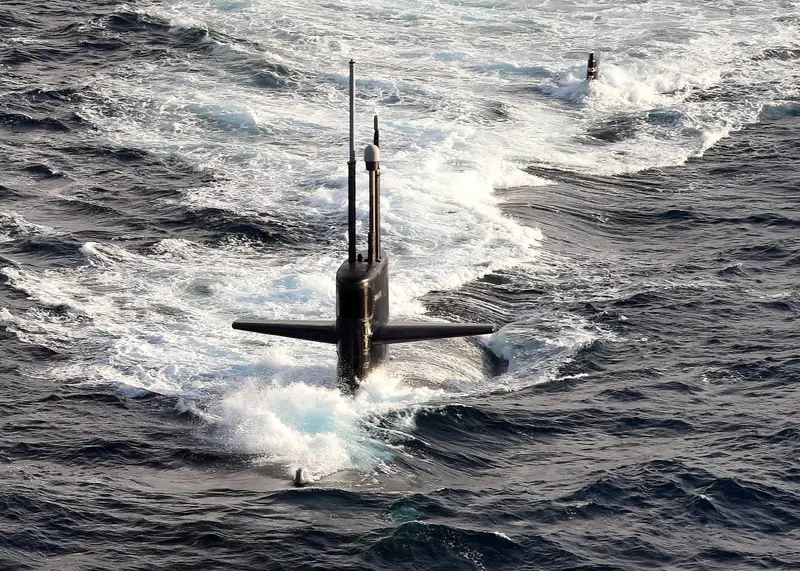
“The USS Helena is stationed at Guantanamo Bay in Cuba as part of a routine visit while transiting through the area under the control and responsibility of U.S. Southern Command, as it conducts global security and national defense missions.”
The U.S. rarely announces the location of its nuclear-powered submarines, making the disclosure of USS Helena’s location potentially a strategic signal and “warning” to both Cuba and Russia.
Commissioned in 1987, the Los Angeles-class submarine USS Helena has a displacement over 6,000 tons and measures 110 meters in length, carrying a crew of 110 and equipped with various weaponry including Tomahawk Block 3 cruise missiles and Harpoon anti-ship missiles.
With a full displacement of over 6,000 tons, the USS Helena measures 110 meters in length.
This nuclear-powered submarine carries a complement of 12 officers and 98 crew members, and is equipped with a diverse array of weapons.
Among its armaments are the Tomahawk Block 3 cruise missiles, capable of striking targets up to 3,100 kilometers away, and Harpoon anti-ship missiles with a range of 130 kilometers.

Additionally, the USS Helena is outfitted with Mk48 ADCAP torpedoes and decoy launchers.
Several days ago, Russian naval vessels, including a nuclear-powered submarine, conducted long-range attack drills close to the U.S. coastline en route to Cuba.
The Russian Defense Ministry stated that these exercises involved long-range attack simulations against naval targets approximately 600 km away.
The frigate “Admiral Gorshkov” and the submarine “Kazan” are armed with hypersonic “Tsirkon” missiles capable of striking targets over 1,000 km away at speeds of Mach 10, as well as “Kalibr” and “Oniks” cruise missiles.
Observers and Open Source Intelligence (OSINT) have noted that these Russian warships were approximately 66 miles (106 km) off the Florida coast as they headed towards Cuba.
The proximity of these Russian military assets, equipped with dangerous weaponry, to U.S. and Canadian territories has prompted the deployment of warships and anti-submarine warfare (ASW) aircraft to closely monitor the voyage of the Russian warships, particularly the frigate Admiral Gorshkov and the submarine “Kazan.”
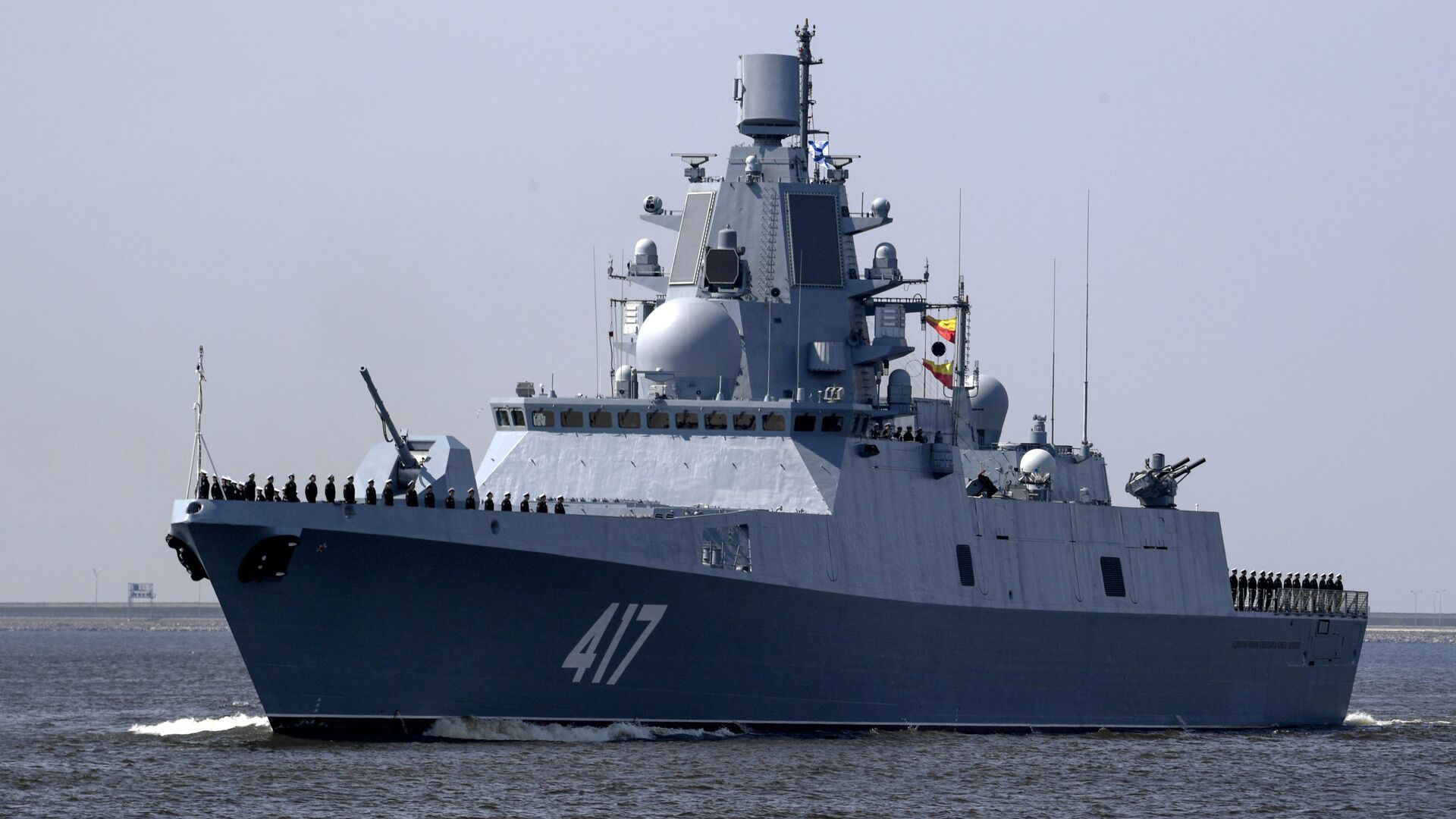
In response, American and Canadian naval forces, including anti-submarine aircraft such as the P-8 Poseidon and P-3 Orion, have been shadowing the Russian fleet.
The U.S. Coast Guard Cutter CG Stone, destroyers USS Truxtun and USS Donald Cook, and the Canadian frigate HMCS Ville de Quebec are also involved in monitoring activities.
The Cuban government has stated that the Russian warships, which are docked in the Central American nation bordering the United States from June 12 to 17, are not carrying nuclear weapons and do not pose a regional threat.
Despite this, U.S. officials have acknowledged the presence of the Russian ships but expressed no concern regarding security implications.
This geopolitical maneuvering occurs as Russian President Vladimir Putin declares that his country will take asymmetrical actions worldwide in response to the U.S. allowing Ukraine to use supplied weapons to target Russia.
According to U.S. officials, the Russian military exercises in the Caribbean waters are part of Moscow’s response to Washington’s support for the conflict in Ukraine.
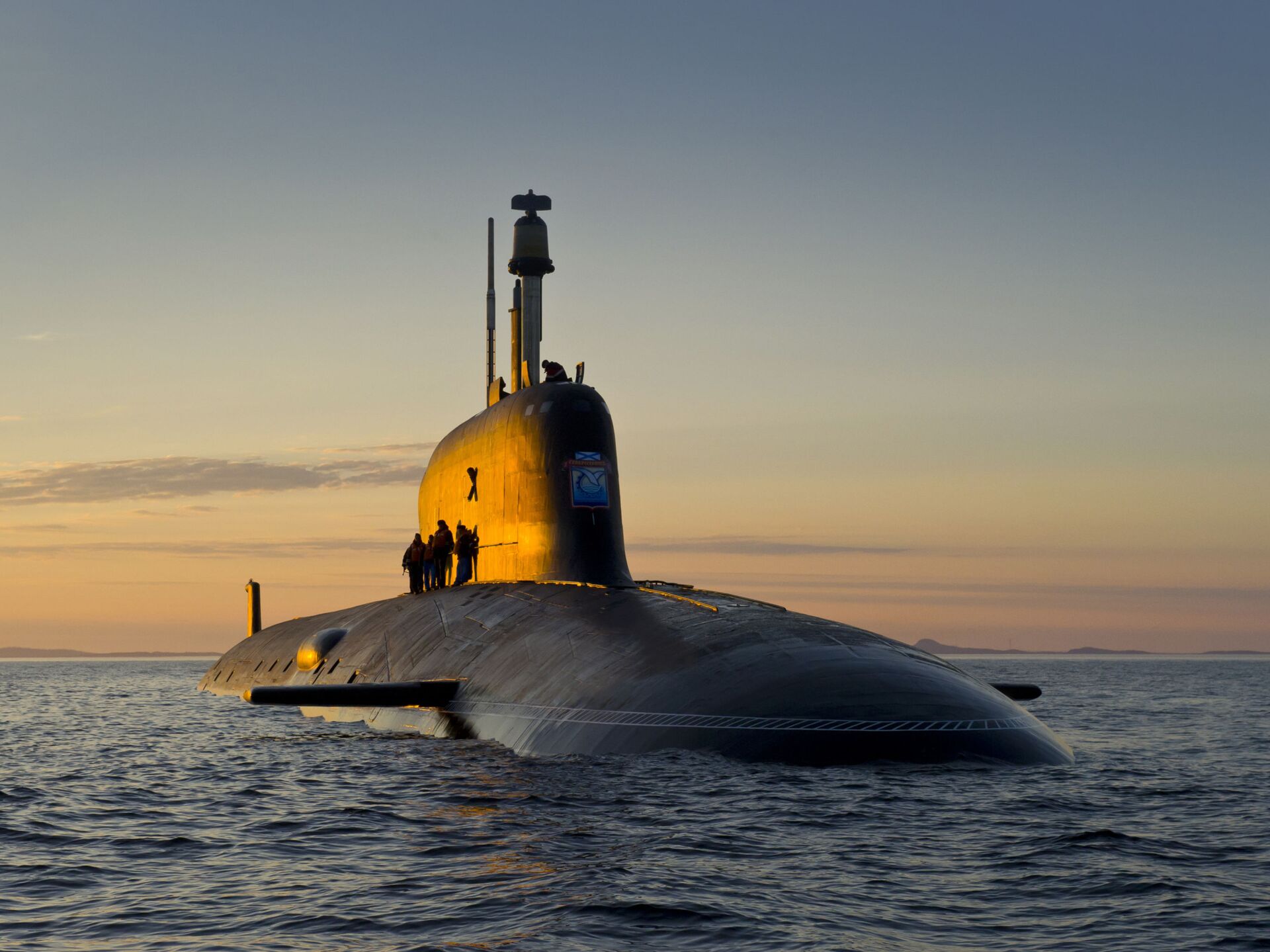

The U.S. Department of Defense and the State Department have stated that Russia will increase its military activities near America this summer as part of their maneuvers.
“Russia is expected to deploy their warships to the Caribbean with possible stops in Cuba and Venezuela,” a U.S. Department of Defense spokesperson said, acknowledging that the maneuvers of the Russian warships do not pose a threat to Washington.
While the presence of Russian warships in Cuba is recognized as a development, U.S. officials have stated that it does not concern them from a security standpoint.
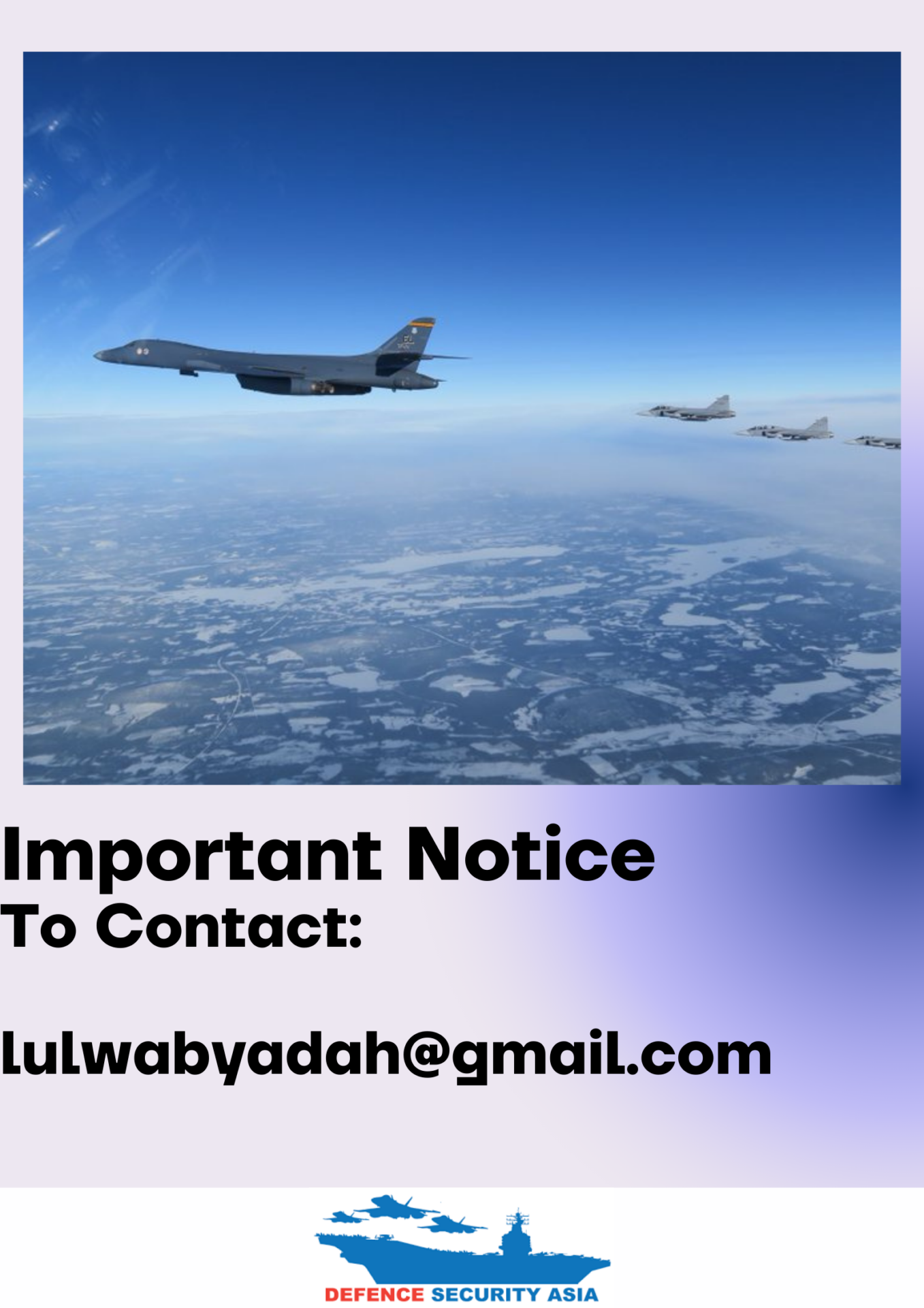
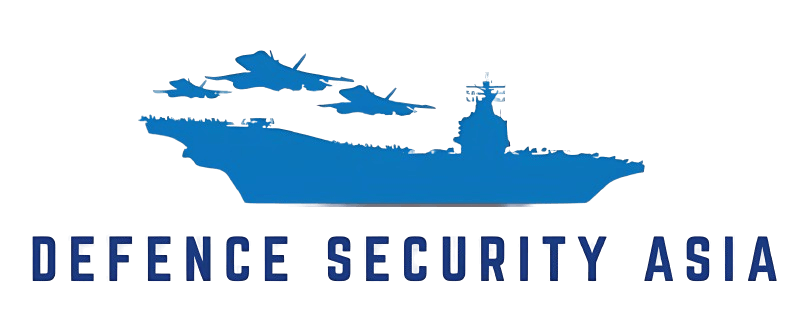
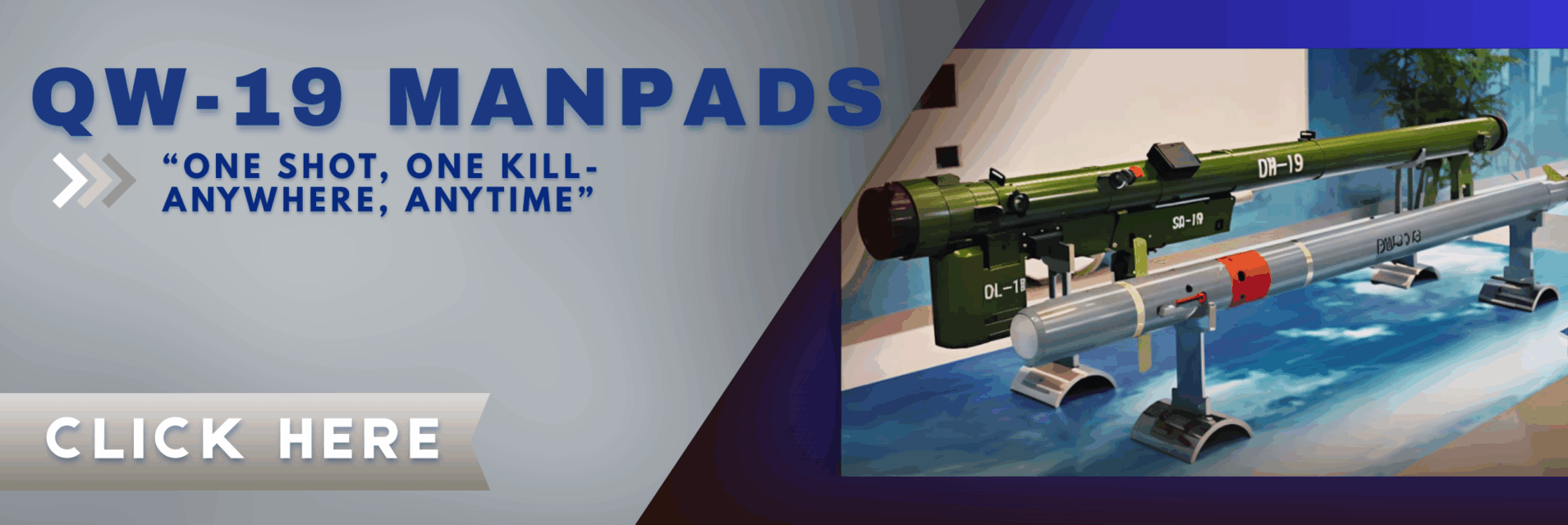
Comments are closed.